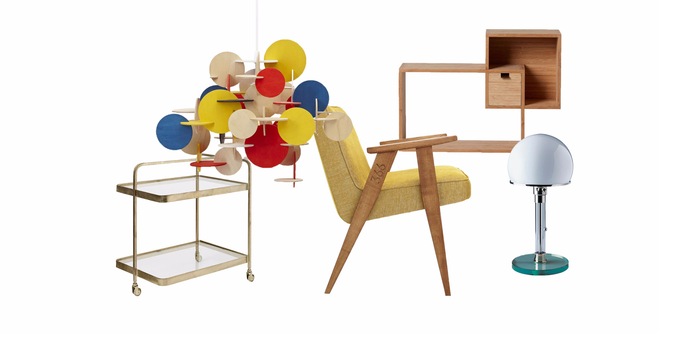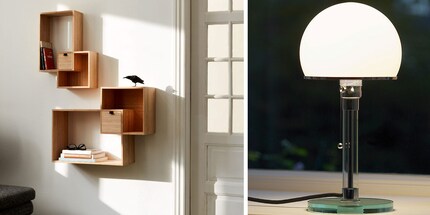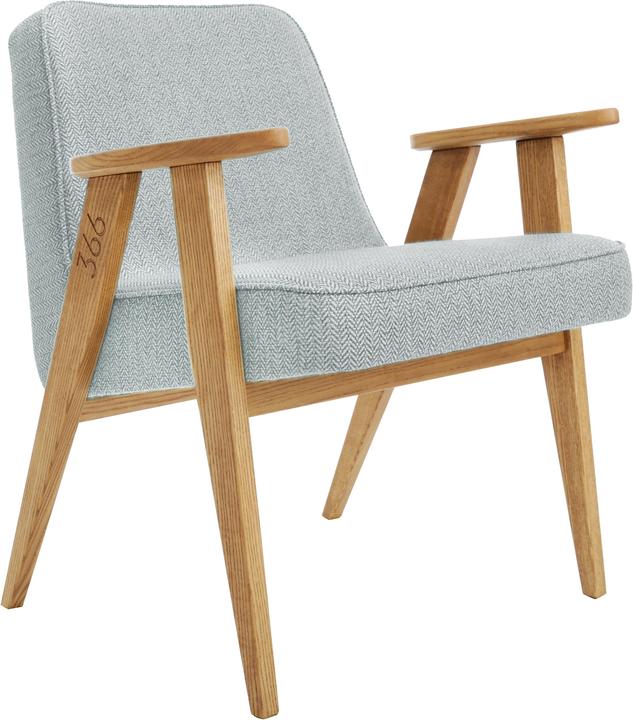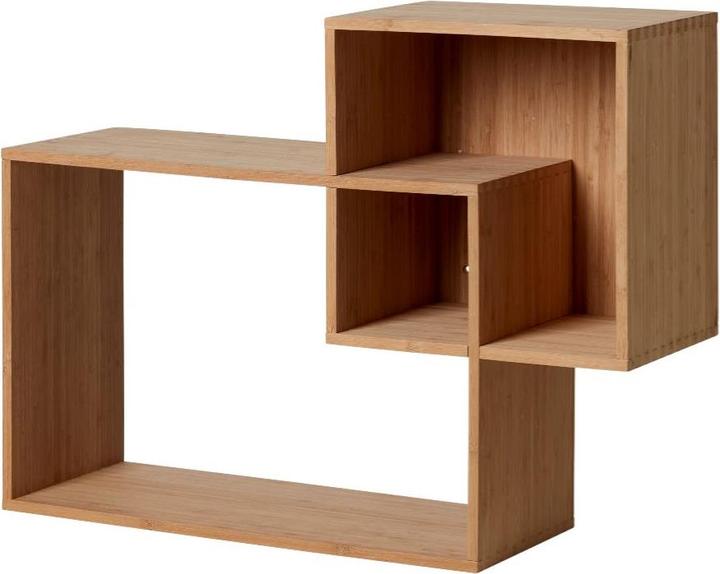

Focus on living trends: Bauhaus
"Everything used to be better": In an age of fast-moving trends, omnipresent technology and constant accessibility, we often find ourselves nostalgically looking back on past decades. While some people are taking an "offline holiday" far away from technology, the interior design world is turning its attention to tried-and-tested living styles that are making a comeback in 2017 and 2018 - the Bauhaus style is one of them.
What's it all about
Bauhaus - the style founded in Germany by Walter Gropius in 1919 was intended to bring a breath of fresh air to architecture after the First World War. The then new style not only set new standards in terms of construction, but was also reflected in art, product and furniture design. Bauhaus was a counter-movement to the decorative Art Nouveau style that prevailed at the time, which was mainly found in middle-class homes. In his Bauhaus manifesto, Gropius saw the artist as "an enhancement of the craftsman", which in itself is the most important basis for being able to create art at all. The end result - "the great building" - then unconsciously becomes an art object.
What defines the style
The style is characterised above all by simplicity, straightforwardness and a "simple" colour scheme. In other words, black, white and the primary colours red, yellow and blue. Bauhaus was also a sustainable movement: After the war, resources were scarce and there was no room for waste. Materials were therefore used as precisely and sensibly as possible. You can also recognise a clear preference for geometric shapes, which, among other things, creates a harmonious end product
Although the Bauhaus doctrine was banned by the National Socialists in the 1930s, its influence was felt so strongly even after the war that today the term "Bauhaus" is often equated with modernism. A design reduced to the essentials for furniture and everyday objects makes Bauhaus possibly the most sustainable style of living of all.

Matching products to the trend:
When I’m not busy putting together home décor themes or planning marketing activities for Galaxus, I enjoy decorating my home with things I love and starting DIY projects I finish all too rarely. The inspiration I get comes from blogs, magazines and travels. My favourite home living styles: Nautical, Scandinavian and Nordic.
From the latest iPhone to the return of 80s fashion. The editorial team will help you make sense of it all.
Show all
